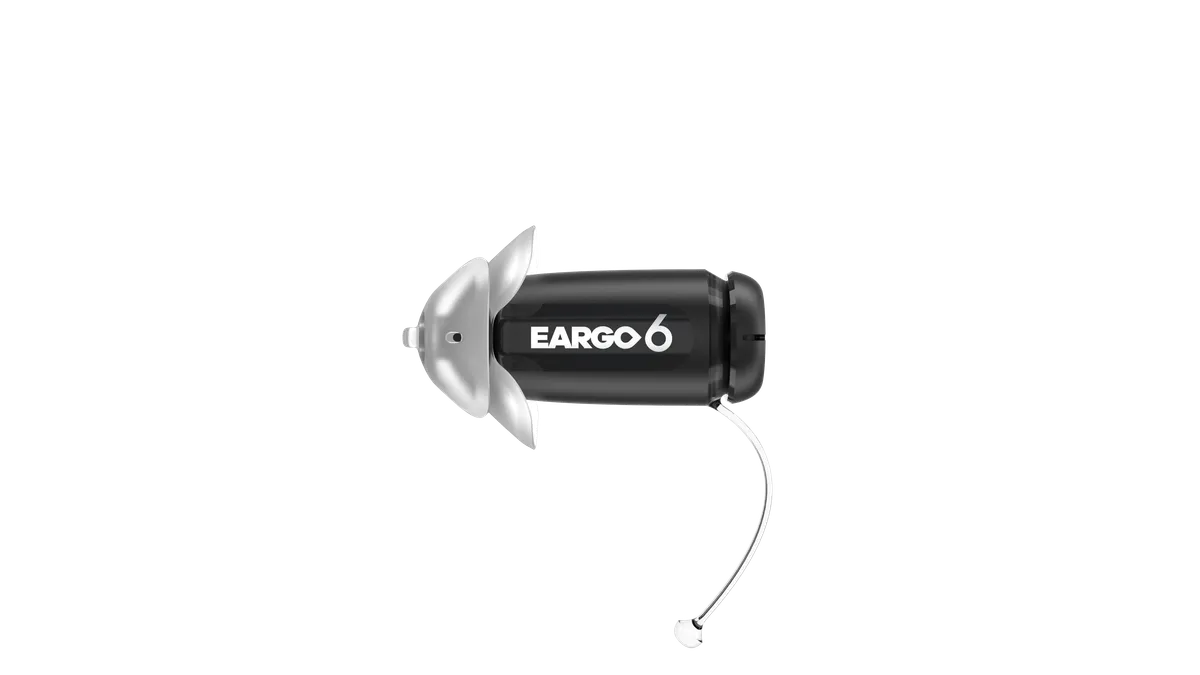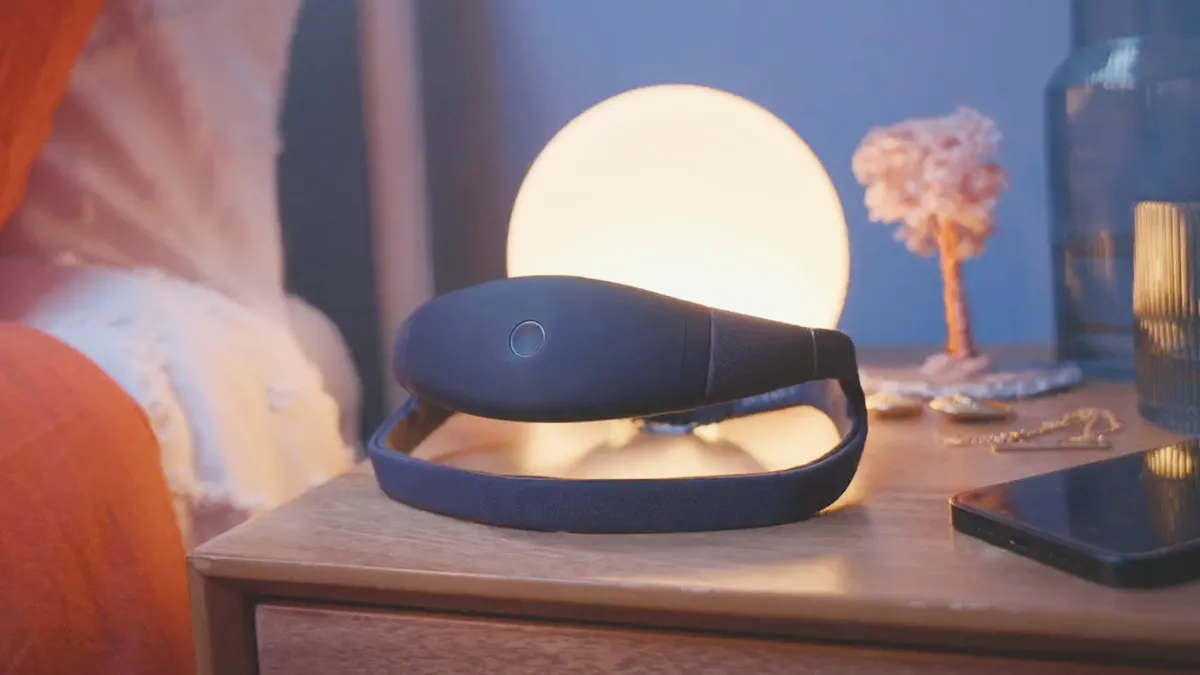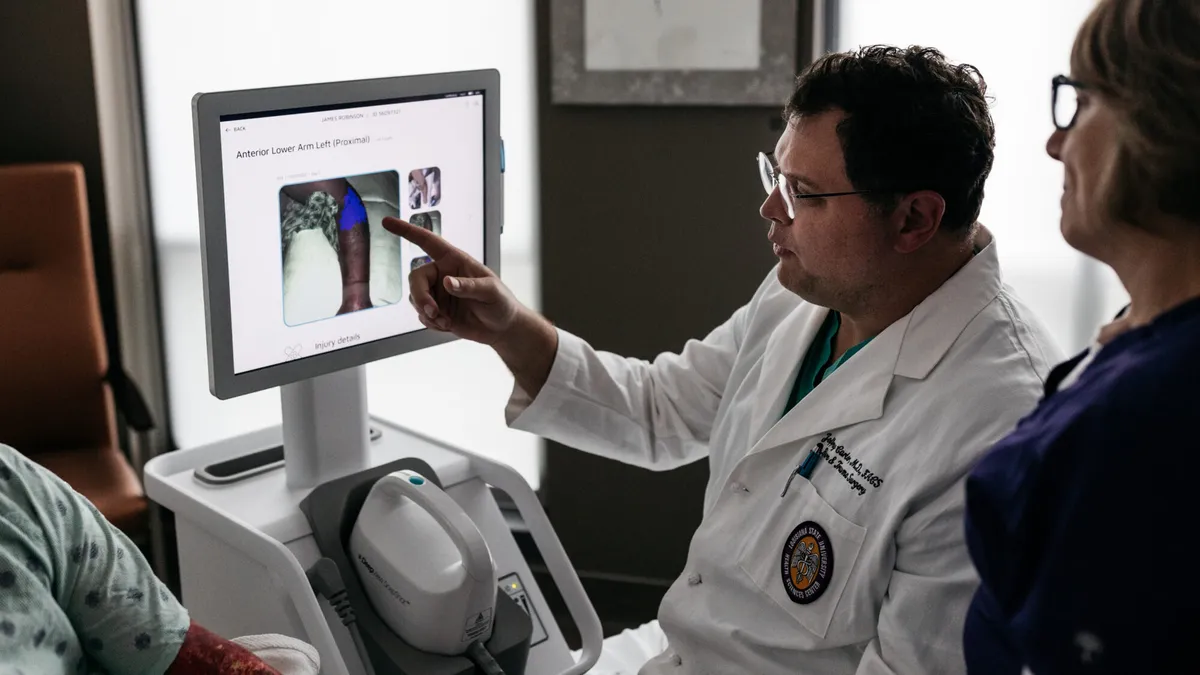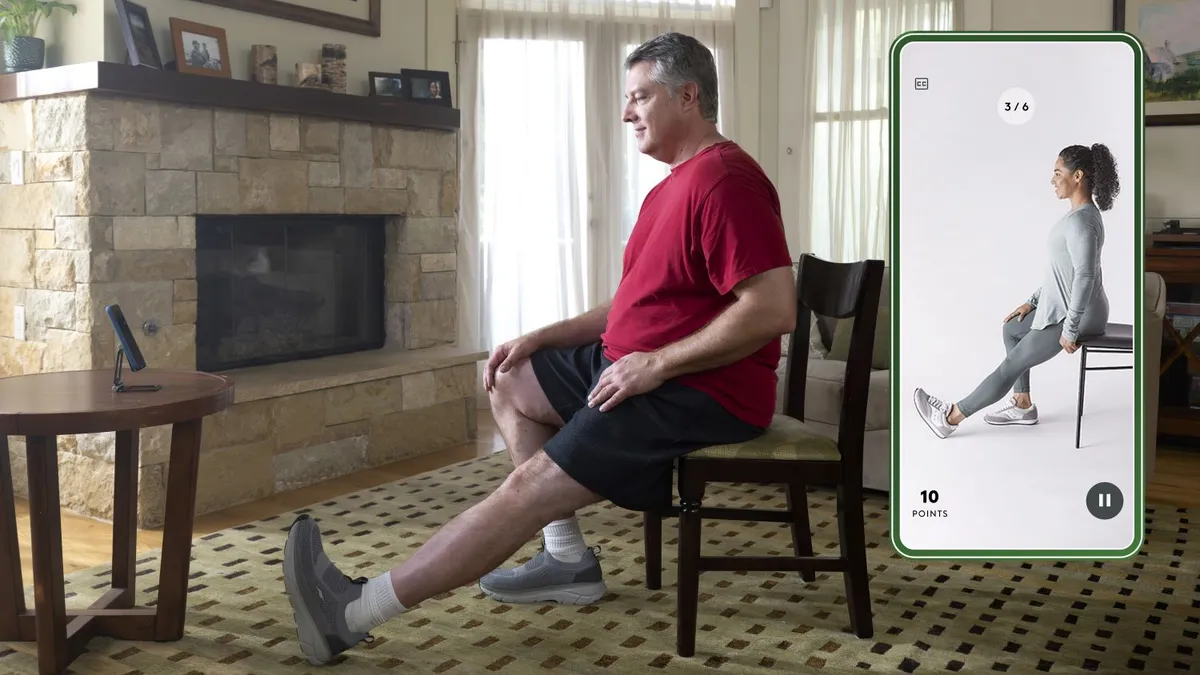FDA has issued a flurry of breakthrough device designations to neuromodulation systems in recent months, pointing to new opportunities for a field dominated by the likes of Medtronic, Abbott, Boston Scientific and Nevro and sometimes panned for suffering from a lack of innovation.
The Breakthrough Devices Program aims to speed development and regulatory review of medical equipment that could improve treatment or diagnosis of life-threatening or irreversibly debilitating diseases. FDA began exploring the idea in 2015 through the Expedited Access Pathway, before going on to replace that initiative with the breakthrough program.
Since then, FDA has granted breakthrough designations to hundreds of devices and cleared a small number of products with the status for commercial use in the U.S. The pace of new designations over the first five, partly pandemic-affected, months of 2020 lagged slightly behind the 2019 run rate, but companies have continued to secure the status throughout the year.
New era for neuromodulation devices?
In recent months, at least five companies have revealed breakthrough designations for devices that act on the nervous system. Devices with similar mechanisms of action are already authorized to treat conditions such as pain and Parkinson’s disease but the products covered by the latest batch of FDA breakthrough designations suggest there is scope to refine and expand the use of the concept.
Cala Health on Thursday said FDA had awarded breakthrough status to Cala Trio, a wrist-worn device designed to reduce the hand tremors of Parkinson’s patients through the stimulation of nerves. The wearable device could enable adults with essential tremor to get relief without taking medication or undergoing invasive surgery.
An earlier version of the device improved tremor by 43% in a clinical trial. The tremor of subjects in the control group improved by 9%. Cala is now preparing to run a clinical trial of Cala Trio, which will use a virtual study design to enable people to participate from home.
Cala shared details of its designation weeks after SetPoint Medical said FDA had granted breakthrough status to its bioelectronic device. The device is implanted into the left side of the neck, from where it stimulates the vagus nerve in an attempt to activate the endogenous inflammatory reflex and, in doing so, reduce inflammation.
SetPoint is developing the device as a treatment for rheumatoid arthritis patients failed by existing medicines. Having tested the device in multiple early-stage clinical trials, SetPoint is now gearing up to start enrollment in a 250-subject study that will show whether the device improves symptoms in a subset of adults with active, moderate-to-severe rheumatoid arthritis.
August brought news of breakthrough designations for several neuromodulation devices. Neurolief secured the status for a wearable headset that delivers electrical pulses to stimulate the release of neurotransmitters, thereby treating major depression.
In the weeks after Neurolief disclosed its breakthrough status, two brain-computer interface firms said they had secured the same regulatory privileges. Synchron received breakthrough designation for an implant designed to translate brain activity or stimulate the nervous system. The device, which is implanted in a similar manner to neurovascular stents, has already been used in patients with upper-limb paralysis.
Synchron shared details of its breakthrough status around the same time that Elon Musk’s Neuralink said it received the FDA designation for its brain-computer interface in July. Neuralink sees applications for its device in the treatment of conditions including blindness, paralysis and hearing loss. A clinical trial in patients with paraplegia or tetraplegia is planned.
The spate of breakthrough designations for neuromodulation devices has caught the attention of the analysts at CB Insights, who highlighted the sector as a trending part of the medtech industry in the third quarter. CB Insights cited Synchron’s breakthrough designation, plus fundraising at Neurovalens and data from SetPoint and Spark Biomedical, to make its case.
Advancing liquid biopsies
The list of device breakthrough designations awarded by FDA in recent months also features a clutch of blood-based diagnostics, an area that Exact Sciences, Guardant Health, Grail and Freenome are all pursuing for purposes of early cancer detection. Last week, New York-based miR Scientific received breakthrough designation for a urine-based test for prostate cancer. The test analyzes small non-coding RNAs in urine samples to group people into four groups, ranging from no molecular evidence of prostate cancer to high-risk prostate cancer.
Last month, miR published data from a study that linked the test to a sensitivity of 94% and specificity of 92%. Initially, miR will commercialize the diagnostic as a laboratory developed test but, armed with the breakthrough status, plans to work with FDA to receive marketing authorization.
Genetron Health shared details of its breakthrough designation shortly before the update from miR. FDA awarded breakthrough designation to Genetron's HCCscreen, a blood-based next-generation sequencing test designed to detect hepatocellular carcinoma early in high-risk patients. Earlier in the year, FDA granted breakthrough status to HelixBind’s test for identifying the bloodstream infections most commonly associated with sepsis. The test is intended to cut time to diagnosis to a few hours.


















